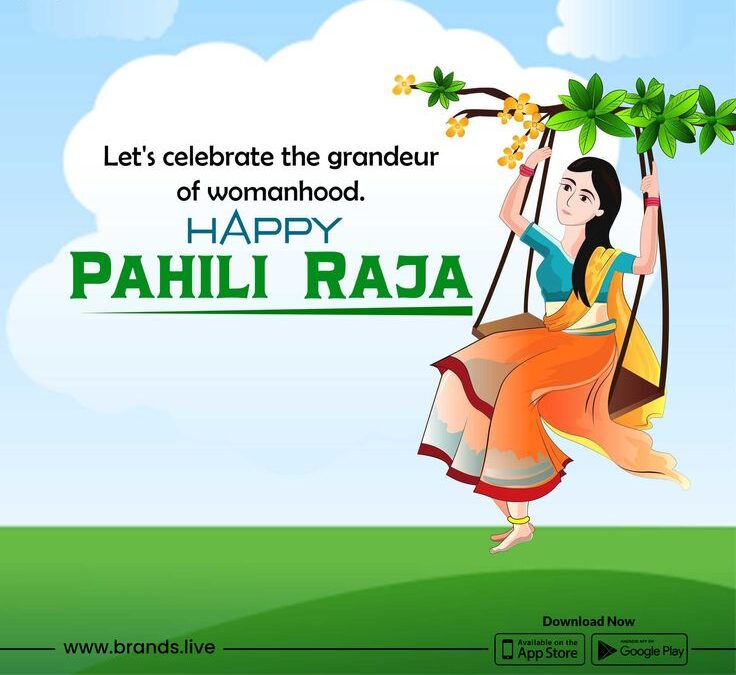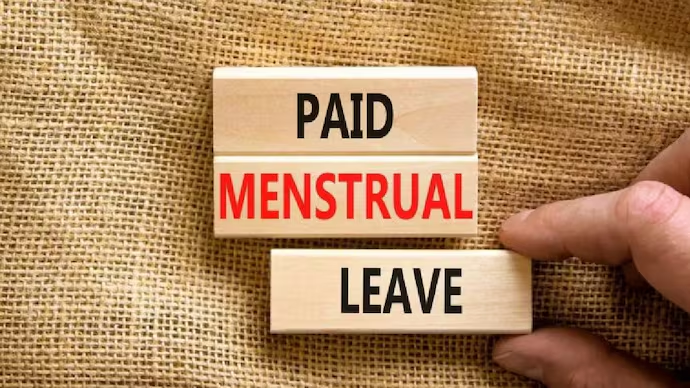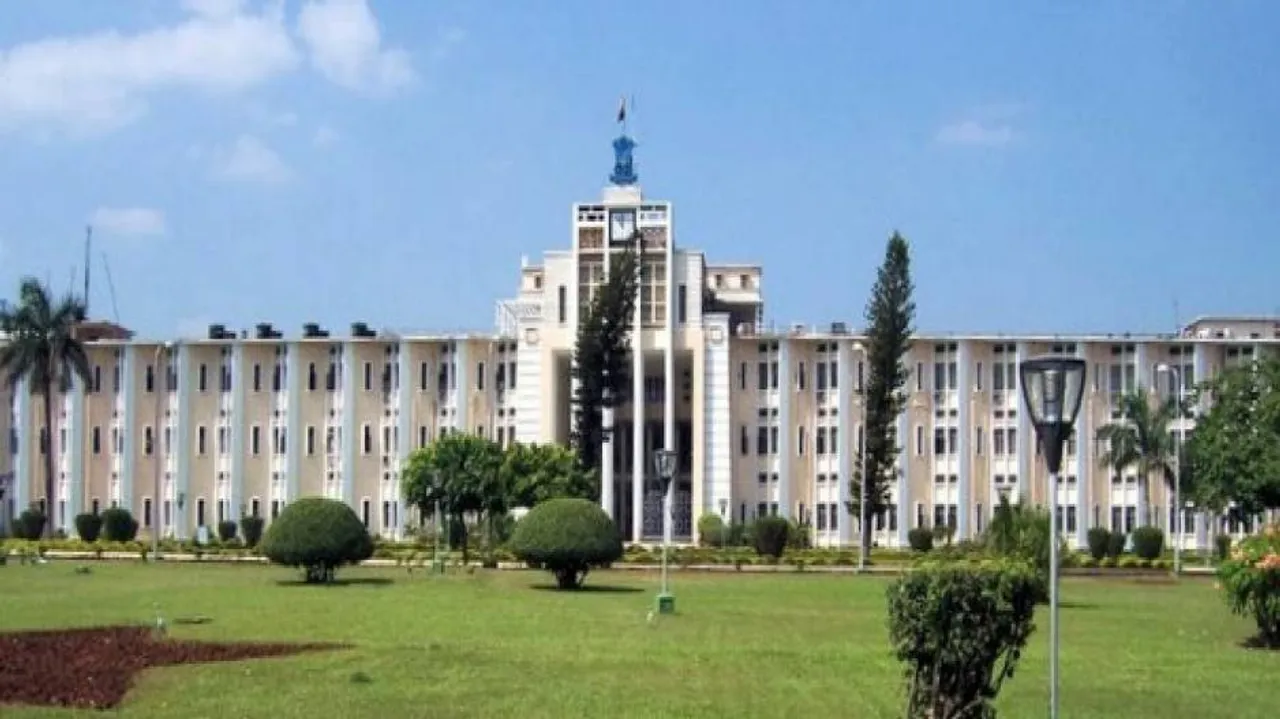As the onset of monsoon approaches, homes across Odisha come alive with the festive cheer of Raja Parba, a unique celebration that glorifies womanhood, fertility, and the menstruation cycle of the earth. Known as one of the most culturally significant festivals in Odisha, Raja (pronounced Raw-jaw) stands apart as an occasion that dignifies what is still considered taboo in many parts of India — menstruation.
What is Raja Festival?
Raja is a shortened form of Rajaswala, meaning a woman undergoing menstruation. Celebrated predominantly by Odia communities, the three-day festival reflects the earth’s fertility cycle, drawing parallels with the menstrual cycle in women. During this time, the earth is believed to undergo a period of rest and rejuvenation, marking a pause in agricultural activity.
This symbolic period of rest encourages people to let the earth “heal”, much like how women traditionally rest during menstruation.
A Festival by Women, for Women
Raja is an ode to the feminine spirit, where women and girls are pampered with:
-
New clothes and accessories
-
Traditional delicacies
-
A break from all household chores
The festivities span four key days:
-
Pahili Raja – the first day of celebration
-
Mithuna Sankranti – marking the beginning of the Odia month Asadha
-
Basi Raja – the third day of the celebration
-
Basumati Gadhua – symbolic bathing of Mother Earth, ending her “menstrual phase”
On this final day, women bathe a grinding stone (Basumati) with turmeric water and flowers, symbolizing the earth’s purification
Tradition, Swings, and Sweet Delights
No Raja is complete without the joy of swinging on traditional jhulas (swings) tied to mango or tamarind trees. The air reverberates with folk songs, especially the timeless “Banaste Daakila Gaja”, as women swing and sing in chorus.
Young girls adorn themselves with:
-
Aalta (red dye) on their feet
-
Kumkum on their foreheads
-
Mehendi and nail art
Games like Ludo, Taas (cards), Baagudi, Bohu Chori, and Puchi are played late into the night, keeping the festive spirit alive — especially in rural areas.
The festival is also a gastronomic delight, with households preparing traditional Odia treats like:
-
Poda Pitha
-
Arisa Pitha
-
Chakuli Pitha
-
Raja Paan – a sweet, flavored betel leaf that is now sold in many varieties and styles across the state
A Room of Her Own: Raja Ghara
In traditional homes, girls and women spend the festival in a special space known as the Raja Ghara, symbolizing the sanctity of the menstruating phase. They:
-
Sleep on the floor
-
Worship a clay block with vermillion, flowers, incense, and food offerings
-
Avoid walking barefoot, using footwear made of banana stalks or areca nut shells
Men are prohibited from entering this space, and the woman’s connection with the divine and nature is considered sacred during this time
Breaking Taboos, Embracing Identity
At a time when menstruating women are often ostracized in other regions of India — barred from kitchens and temples — Odisha stands out by celebrating this biological process. The Raja festival is not just a cultural tradition but a progressive example of dignity, respect, and awareness surrounding womanhood and menstruation.
As modern lifestyles evolve, not all customs are followed strictly across urban Odisha, but the spirit of Raja Parba continues to thrive, connecting generations of Odias through its blend of tradition, joy, and reverence for nature.










